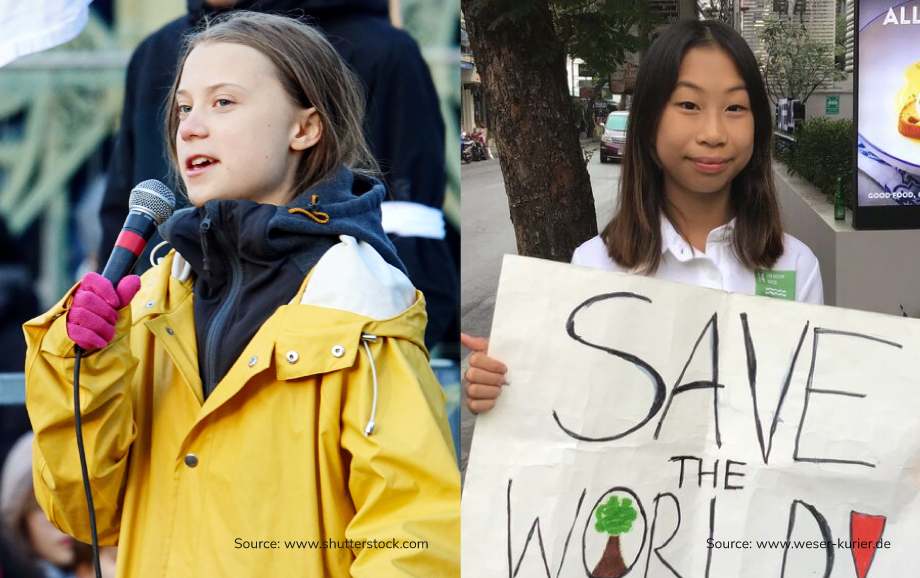Section 1: How To Connect Social Media With The Real World
Step-by-Step Guide to CSO Social Media
Civil society organizations (CSOs) need to go where the conversations are happening to empower the people you are trying to help. Go social!

Introduction to The Resiliency Initiative
We live in extraordinary times. The Covid-19 pandemic has increased tensions among communities in Asia along religious, ethnic, and gender lines. There is more hate speech, discrimination, xenophobia, and online misinformation that can lead to extremism or violence.
The Resiliency Initiative is a partnership between Facebook and The Asia Foundation to promote tolerance, strengthen interfaith and interethnic understanding, and counter violent extremism by helping to build resilient communities across the Asia-Pacific region.
How to use this website and guide
The Resiliency Initiative offers you essential social media tools to build resilience in your community. You know your community best—the people, the history, and the tensions.
The Resiliency Initiative provides you with free online resources, including this guide, as well as capabilities to promote understanding and tolerance within your community. You can also discover future training opportunities and connect with other civil society organizations (CSOs) who may be nearby and who are dealing with similar issues.
This guide provides a summary for CSOs of the Resiliency Initiative’s approach to using social media. It can be shared online or downloaded for offline use. You can also find in-depth articles, worksheets, infographics, and videos on the topics covered here in the Resources section of this website. The Resiliency Initiative is designed to grow over time, and we hope you come back again and again for more answers to your social media questions!
Why you need to get online
CSOs need to go where the conversations are happening to empower the people you are trying to help. Go social! Billions of people around the world are using social media to share and trade ideas, opinions, information, and goods. It’s also a highly effective way to connect with the right people and to build and support both online and offline communities.
Social media, like traditional media, offers opportunities to collect and share news, communicate with audiences, and advocate for change, but there are other advantages to using social media.
- It’s fast and immediate. Social media operates in real time and is constantly being updated. You can share your message directly with your audience on social media simply by pressing send or post.
- Social media networks can reach large numbers of people.
- It’s easy to use. The interfaces are very intuitive and little training is required.
- It’s a powerful way to communicate that is free or relatively inexpensive.
Using offline and online communication together
You can use traditional media and social media together. Online campaigns can complement existing approaches. The key is to pick and choose what works best for your communication objectives. Sometimes a car with a loudspeaker driving through the streets might be more effective than an online newsletter campaign. Why? You might spend a lot of time and effort creating your newsletter only to discover that very few of the people you send it to actually open and read it. Every situation is different, and you need to choose the most effective type of communication for each one. It could be online, offline, or both.
Sometimes social media campaigns have the power to translate into real-life action that crosses borders. The powerful #blacklivesmatter movement started in the United States of America and has spread around the globe. It has sparked action for indigenous communities and people of color as far away as Australia.
The online #metoo movement is also global and has come to Asia. It continues to inspire women to publicly reveal their personal stories, demanding an end to sexual abuse within communities, companies, industries, and even governments. Social media has also been a key part of public protests across Asia.
Social media is changing all the time. The important thing is to be clear about what you want to communicate, and then choose how best to communicate it. Is social media the best way, or is there a traditional way that might be better? Look for ways to combine the two. For example, you could record a speech at a live event and then share it online.
Choose your social media wisely
There are many social media platforms to choose from, and it’s important to be aware of them, what they’re used for, and how popular they are in your region. Each platform has its own characteristics. You don’t have to know how to use all of them. Just be aware of them.
You also don’t have to be on every one. It’s actually better to be on one or two platforms that you can use well than to spend a lot of time and effort on many.
You need to find out which platform is most popular with the people you are trying to reach. What social media are they using? Once you know that, you can spend more time crafting better messages to connect with those people.
Start with one platform and concentrate your efforts there first. Once you master that, expand to another platform if your communication objectives require it.
How to develop your social media strategy
Even though this is “social” media, it’s not just for socializing. You need a clear and consistent plan to get your message to the right people.
The Resiliency Initiative website recommends three simple steps for developing your social media strategy. Completing these three steps will show you exactly what you need to do to develop your organization’s social media campaigns.
You will need to answer the following questions:
- (What) do you want to communicate?
- (Who) do you want to communicate with?
- (How) will you engage your audience?
Step 1: (What) do you want to communicate?
Every social intervention aims to change something. To really make a difference, you need to have a clear picture in mind of what you want to change and why. This will help you develop a clear communication objective.
Make your communication objective as measurable and specific as possible by asking more questions.
- How will I know I have succeeded?
- What targets or metrics can prove that I have achieved my objective?
- What is the time frame for achieving this objective?
Important tip
The more specific and measurable you make your communication objectives, the more focused and effective your communications will be. What actions or behavior changes do you want to inspire in your audience? Your communication objective is not just the number of posters or leaflets you produce. Stay focused. One clear objective would be great!
Use these thought-starters to define your objectives:
Awareness—build knowledge and understanding of a certain topic.
For example: I want to build knowledge about (issue x)
Action—join, visit, sign up, attend, participate, support.
For example: I want people to sign up for our newsletter.
I want people to sign our pledge/petition.
I want people to donate.
Engagement—change behavior or beliefs.
For example:
I want to show how dangerous drunk driving is so people will stop driving drunk.
I want to challenge community beliefs about (x) so they will stop rejecting people with (x).
Here is an example of a communication objective: to foster better community relations.
A refined communication objective could be: to foster better community relations between youth and elders in order to reduce incidents of physical and verbal elder-abuse in the community in the next two years.
Combine your answers into one sentence or paragraph and refine it.
Before you proceed, it is important to truly understand the challenges of your proposed project. You need to learn from past successes and failures in order to successfully tackle your issue. When in doubt, check with experts to confirm your understanding of the circumstances.
Step 2: (Who) do you want to communicate with?
Identifying who you need to communicate with is key to effective communication. “Everyone” is not a target audience. It’s too broad. You need to be more specific so that your communication will be noticed by the right people.
Think of how fashion is advertised. The clothes are presented in a way that makes a connection with certain people, not everyone. That would be too broad. Certain styles or fabrics may not work in certain climates, don’t appeal to certain people, or don’t fit their budgets. Companies need to know who the clothes are for before they can design an effective advertising campaign.
Define your target audience by age, gender, location, employment, marital and family status, and other relevant demographics.
For example: My target audience is unemployed youth between the ages of 18 and 25 living in city x.
Define your target audience.
Now consider how your target audience thinks, feels, and acts. It is important to understand their habits and attitudes so you can truly connect with them by using the right messages.
For example: They think they will never get a job. They act in a reckless way, because they think their life will be short.
Now think about how your target audience thinks, feels and acts.
Step 3: (How) will you engage your audience?
Use the “3Ms” to engage with your audience.
- Message
- Messenger
- Medium
Your message
What is the one thing you want to say to your target audience?
Your key message should be clear and succinct. Will your message resonate with the audience? Can you make it more appealing? Consider the language, tone, and context. It shouldn’t be condescending or insensitive. Some words can take on positive or negative connotations with different audiences, cultures, and contexts.
Your messenger
Choose a good messenger to help you reach your target audience. Who do you think can most effectively convey your message? The messenger needs to be known and respected by your audience. You can feature them in both online and offline communication.
Credible voices might include:
- Respected organizations.
- Individuals your target audience respects, like sports stars, musicians, or actors.
- Respected faith, community, or youth leaders.

Your medium
The best medium (channel or system of communication) for your organization is the one that your audience uses. “Medium” means both the type of platform (app) and the type of content on that platform.
Platforms
You need to consider which platforms your target audience uses so you can use them too.
Content
Consider what type of content suits your target audience.
- Video: short clips or animations
- Texts: slogans, hashtags, or open letters
- Images: photos, memes
- Audio: podcasts or short audio clips
- Comics: short panels or animations
Research what communication tools and content your audience prefers through surveys, interviews, or even direct observation. You will also need to consider your resources and budget. Which channels or platforms are the best to reach this audience? What kind of content will be easily accessible, shareable, and interesting to them?
Make a short list of the platforms your audience uses and the type of content you can create.
“Do No Harm” considerations
What sensitivities exist in your community that you need to be aware of? Is there anything in your communication that could trigger these sensitivities? Check with others, both within and outside your community, to make sure you have thought of everything. You also need to check that your content is accurate and based on evidence.
Sensitive considerations may include certain words, topics, images, symbols, or even colors.
Your complete social media communication strategy
Now you can fill in this form with the answers from above.
Congratulations! You have a strategy. Revisit this process at least once a year to assess what you have learned, what has changed, and how your strategy can be further improved. This strategy may evolve over time to reflect changes both within your organization and outside in the wider community.



 Back
Back